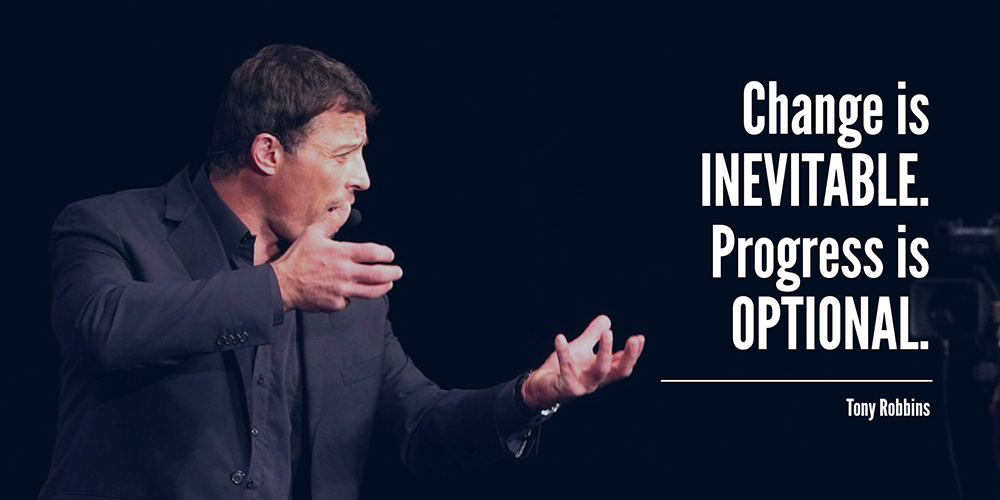If you asked your employees whether the company’s organizational structure was stagnant, fluid, rigid or innovative, what would they say?
Take a moment to think about it, and be honest.
If you don’t like the answer, you’re not alone.
Truth is:
Way too many companies are bogged down by rigid top-down structures. Staff are constrained by office politics, and creativity is capped.
The importance of organizational learning as a strategy for adaptation and growth cannot be overstated. If you want to become more agile, less bureaucratic, and create an exciting place to work, consider molding your company into a learning organization.
But wait, what is a learning organization?
It’s just what it sounds like: an organization that continuously promotes employee learning in an effort to transform itself for the better, based on data gathered from the past.
Upper management finds ways to hear feedback from all levels within the organization and isn’t afraid to learn from mistakes.
In a traditional organization, problems are brought to the attention of upper management. This is the group who decides a solution and institutes a set of rules which is then passed to the lower ranks to implement. Contrast this with a learning organization striving to continuously garner feedback and improve from the ground up.
Everything hinges on leadership allowing space for employees to autonomously think and act in the best interest of the company.
A Learning Organization is a culture where everyone’s opinion has the potential to influence change.
Here are three reasons you should create the space needed in order to become a learning organization that uses change as a vehicle for progress:
1. Your company will become more innovative and competitive
Is your management team really the expert when it comes to the nitty gritty day-to-day operations the team faces?
If you can see they’re not, you’re in a great place. Especially if you have a manager who empowers employees on the front lines to share ideas they have to improve workflows, customer service, or any other area that needs an efficiency upgrade.
Learning organizations recognize that some of the best ideas come from team members working at the ground level.
When an employee sees a faulty process, he or she feels confident spending time thinking about solutions and maybe even implementing one independently.
Whether or not the solution works, the employee has taken action to make the company better.
Employees who are willing to think outside the box bring creative solutions to problems, new product ideas and strategies which can boost the bottom line.
Competing for revenue across a national and even global landscape is often dependent upon new products solving new problems.
2. You’ll have good employee morale and lower turnover
Being heard and respected ranks high for many employees.
People crave involvement and a chance to be part of the decision making process.
Learning organizations promote communication from the ground up, often implementing open door policies where employees have opportunities to interact with “higher ups” and provide direct feedback about systems and departments.
One of the greatest costs to any company is employee turnover. Employee happiness should be a top priority.
Happy employees stay at their jobs much longer than unhappy ones. Plus, if you take into account the cost of interviewing, training/onboarding, and reduced productivity, it’s cheaper to have happy employees. Some studies rate the average cost of hiring a new employee at about 20% of their salary. Meaning hiring an employee that makes $50,000 would cost about $10,000!
3. You’ll experience greater efficiency in your organization.
Managers and leaders want efficiency from employees. At the end of the day, it’s often what drives the bottom line.
Whether it’s a widget or a service, the more efficiently a team can produce, the more profitable your company will be. Of course you’ll increase efficiency by allowing for innovation and increasing employee morale, but you’ll also boost efficiency by recognizing how the organization runs as a system.
Leaders of learning organizations are better able to see the bigger picture and make more effective changes to increase efficiency and production. Instead of taking snapshots or snippets of issues to be resolved, leaders see the comprehensive overview and flow.
Keep the overarching vision in mind and don’t get stuck in the weeds.
This is all great advice, but…
How do you get there?
One step at a time. I’ll start you off with a few quick wins:
- Get leaders on board. Managers first need to understand the benefits of becoming a learning organization before it actually gets implemented.
- Culture change like this takes time, but it’s futile without buy-in from the top. Leaders who aren’t used to employees approaching them will need to change their mindset and make space for employee communication.
- Give up confrontational attitudes. In order to learn from mistakes and help others learn from mistakes, corrective discussions or actions need to look more like coaching and development.
- The less bureaucratic and hierarchical your approach to correction is, the better.
- Give and get feedback. A healthy organization relies on a continuous feedback loop in order to self-correct and improve. Organizations are made out of people, and people need to hear how they’re doing—good, bad, exceptional, lazy.
- Provide continuous feedback. Encourage managers to have informal meetings, lunches, 1:1’s, or a raucous ping pong match to open doors of communication.
 That’s how we do it here at Royal Jay!
That’s how we do it here at Royal Jay!
What’s one action item you can accomplish this week to move your company one step closer to becoming a learning organization? Share it in the comments.


